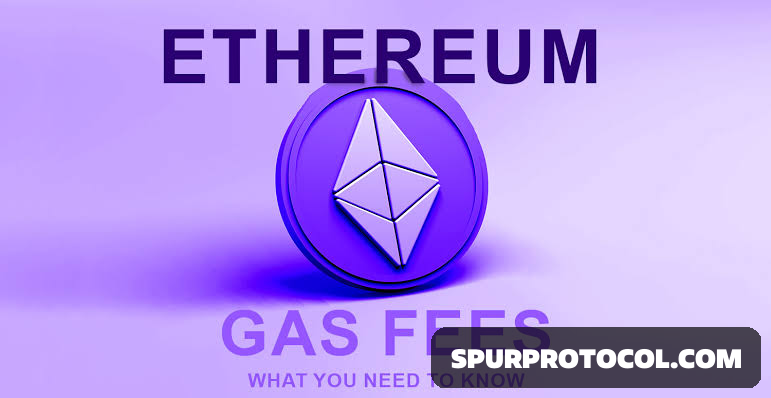Why Gas Fees Exist—and Why They Matter
Why should we pay fees to cover crypto transactions?
Go Back

🕒 12:34 PM
📅 May 22, 2025
✍️ By Osematto
In crypto, gas fees are often hated. But they’re also misunderstood.
Think of a blockchain like a global computer. Every time you send a token, interact with a smart contract, or mint an NFT, you’re asking that computer to do work. That work costs resources—mainly computing power and storage.
Gas fees are how the network prioritizes and processes those requests. On Ethereum, gas fees go to validators who keep the network running.
On faster chains like Solana or Avalanche, fees are cheaper—but they still exist to prevent spam and maintain order.
Why this matters:
Gas fees aren’t just annoying charges. They’re integral to how blockchains stay secure, decentralized, and functional. Without them, the network would be vulnerable to attacks and overloads.
What’s changing?
Layer 2s (like Arbitrum, Optimism) reduce gas costs by bundling transactions.
Ethereum’s move to proof-of-stake and EIP-1559 now burns a portion of fees, making ETH more scarce over time.
Takeaway:
Don’t just complain about gas. Understand it. Because when you do, you see why crypto isn’t just code—it’s economics in motion.

